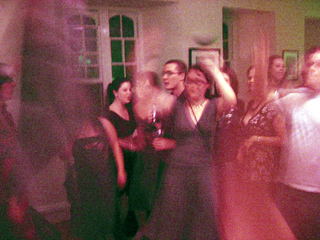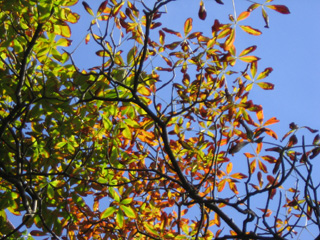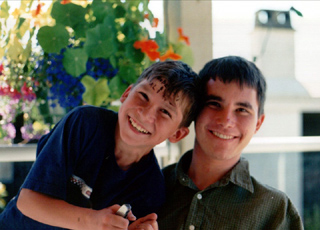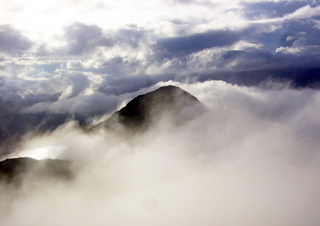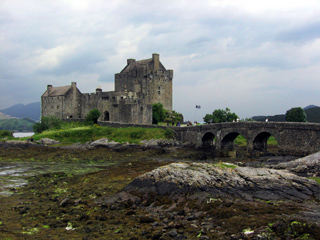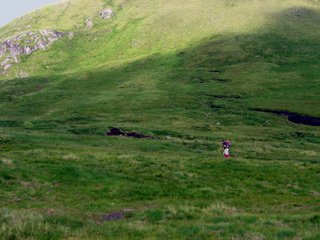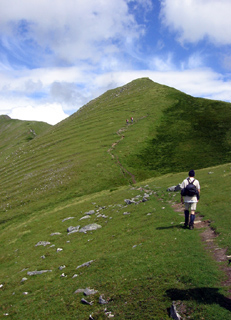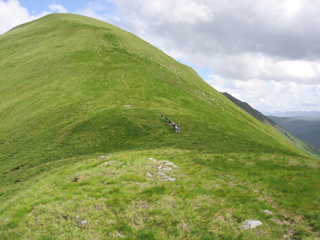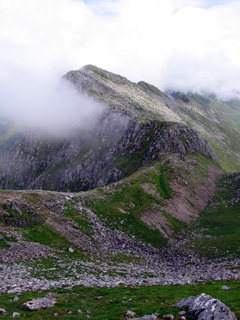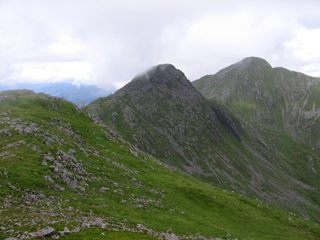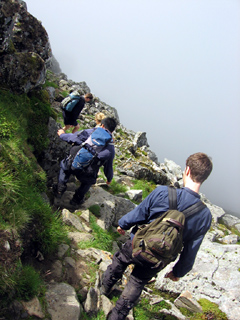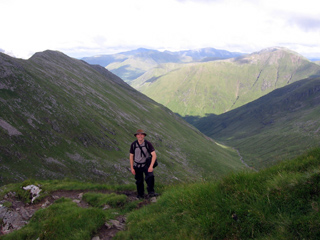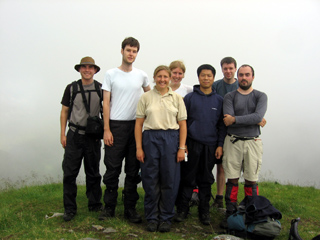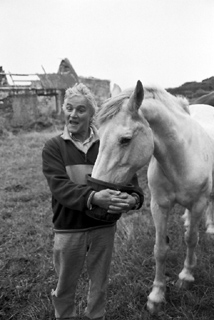
Another great day has passed, in and around Dublin. After Brunch at Gruel (see the earlier entry where I describe it), I went to Dublin Castle and the Chester Beatty Library. You rarely see such an excellent free museum: packed with venerable and beautiful manuscripts, and boasting an attractive roof garden. It provided welcome solace from the driving rain.
The weather was so bad when I finally left that I decided to scrap my plan to go to Howth. Instead, I went into the nearby Christ Church Cathedral for an Evensong ceremony. This, I will admit, was quite uncharacteristic of me. Aside from one wedding and one first communion, this was the only time I ever attended a church during a religious function. Even though the hymns were entirely unfamiliar to me, it was a worthwhile and rather beautiful experience. Knowing how Claire is now part of an Oxford choir, I thought of her during much of it. Despite the size of the cathedral, the number of people in attendance was less than the number of people in the choir. Perhaps that related to how most of the church was closed for a television taping.
As I left the Cathedral, there were rays of sunshine hitting Dublin pavements. Despite it being after 6:00, I decided to take the half-hour train to Howth. It would prove a very wise move. The ride itself, in the evening light, offered an attractive transition from urban centre to countryside. Once I arrived, I walked a photogenic arc out one of the stone and concrete arms enclosing the harbour, pausing beside a small lighthouse to watch the birds floating like kites as they pushed against the incoming wind.
The hills overlooking the town seemed a good place to visit, to I took to trekking up road by road as far as I could make it. A man who I asked for directions when I reached the top of one such proved much more helpful than could possibly have been expected. Named Jim Kilroy, he is a retired architect, and he owns some of the land in the area I was exploring. He told me a bit about the history of the place, showed me his three beautiful horses, and directed me to a cliffside trail that follows the circumference of Howth (which is a kind of bulb-shaped peninsula). Further evidence of how open and friendly the people of Ireland are.
By the time I reached the much larger lighthouse a few kilometres around winding cliffs, it had become full dark. Another stranger who I asked for directions proved exceptionally helpful. She said that she was heading in the direction of the train station that was eluding me and offered me a lift. I am glad I accepted, because it was a much longer and more complex journey than my crude understanding of the layout of the place suggested. She is a veterinarian, specializing in horses, and apparently knows Mr. Kilroy. I expect that’s normal, in such a small community.
Now back in Dublin, I am to meet Mark Cummins from the Walking Club at some later point. I should be mindful, of course, of the early morning bus ride tomorrow and the low probability of a good night’s sleep tonight. That said, three hours on the bus will offer a bit of time for recovery.
I think I can say with confidence that Ireland is the friendliest place I have ever been. While it isn’t fair to compare with places where I don’t speak the language, the sheer number of strangers who have engaged with me and treated me with kindness here is staggering. Nowhere in North American or English-speaking Europe has been comparable. I even got into a conversation with a young woman from Dublin who happened to sit beside me on the train back from Howth. This is a country that I need to visit again and, next time I meet an Irish person somewhere else in the world, I will do my best to help them however I can.

